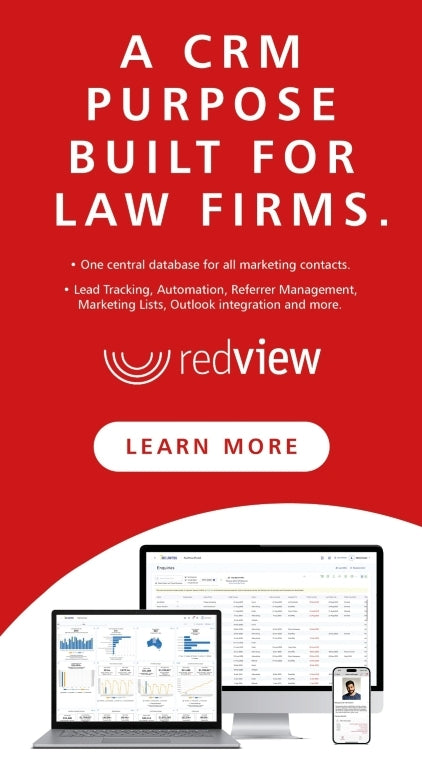
Delving into Legal Workplace Diversity and Inclusion
Fostering a diverse and inclusive workforce not only guarantees higher revenue growth, but most importantly, it attracts candidates and increases the retention rate by 5.4 times according to Matt Bush the former Culture Coaching Lead at Great Place to Work. Employees are 10 times more likely to be satisfied and innovative, 11 times more likely to be highly effective, and 4 times less likely to negatively impact their mental health according to DCA’s Inclusion@Work Index 2021-2022.
Particularly in the legal workplace, it is critical to encourage diversity, embedding a righteous and open-minded culture. McKinsey’s study continues to prove that diversity in the workplace triggers innovation and business profitability, supported by their recent findings that “diverse companies are more likely to financially outperform their peers” by approximately 36%.
Despite the significant benefits of a diverse workplace, it requires ongoing dedication and effort to achieve the desired state. Typically, in the legal industry in Australia, according to The Law Society of New South Wales, “A law firm or organisation that demonstrates diversity has a competitive edge and this enables the firm to succeed and grow.” In addition, by promoting diversity and inclusion internally within the organisational culture and externally in the way you engage with stakeholders, “the risk of breaching existing legislation is dramatically reduced”.
How can we instil diversity and inclusion in the organisation?
Make gender diversity a business imperative
Recently, top tier Australian law firms introduced the 40-40-20 rule to promote gender diversity in the seniority levels, setting ratios for female, male and flexible/non-binary persons respectively.
“Make gender balance a business issue” and a “part of a firm’s strategy, owned by the Board and driven from the top-down”, says Jennifer Milford, the Founder and Consulting Leader of Jennifer Milford Consulting, as she signifies the importance of tracking ratios and breaking down the ratio further at both the equity and salaried partner levels.
“The legal industry is a highly demanding job, and many female lawyers tend to struggle with family responsibilities. There is a big difference in the percentage between female and male equity partners highlighting the difficulty in retaining women at that level due to caring responsibilities”, says Jennifer.
“While the landscape is starting to shift, it’s still the case that mothers assume the majority of the childcare responsibilities,” says Alice Stephenson, the Founder and CEO of Stephenson Law. “This has been demonstrated by the disproportionate impact of the pandemic on mothers”.
Educate employees and have training systems in place for leaders
Essentially, the day-to-day experiences are deeply influenced by one’s interaction with their leaders, managers, or colleagues. Awareness is key to cultural change. All employees should receive training on the bias, gender inequality, antiracism, marginalised identities, allyship to understand the barriers that people face. Training is fundamental for awareness to become action. There should be ongoing training and consistent reinforcement in place to remove the deep-rooted biases.
Herbert Smith Freehills believes that belonging and community are important for diversity. Their diversity network groups include ‘Ability’ that support employees with disability, ‘Flexibility that promotes agile working’, ‘Family’ support issues related to caring needs, ‘Gender Equity’ that focuses on gender inequality issues, ‘IRIS Network’ which stands for Inclusion, Respecting Identity and Sexuality that supporting LGBT, and ‘multiculturalism’ to develop cultural intelligence.
“People only know what they know so it is important, increasingly important, to ensure that employees are informed of implicit biases and be made aware of how to combat them. Employees also are placing increasing importance on being heard, on being included, and being welcomed and supported. Training programs can help employers and employees alike engender a culture that is inclusive and supportive. To be truly effective thought leaders, you need to actively participate and speak personally and honestly about these types of programs and their importance,” says Colin Levy, the Director of Legal and Evangelist of Malbek.
Develop a specific hiring plan and billing plan
AI technology and “hiring algorithms will drift toward bias by default” to include institutional and historical biases such as their university attendance and evaluation points according to an HBR report. Leaving candidate selection to technology that uses algorithms may further amplify disadvantages.
“Organisations should establish strict and transparent criteria for assessing “a good fit” based on the organisation’s values”, states the Law Society of NSW. To eliminate ‘unconscious bias’, an anonymous shortlisting process can be considered where candidates will be purely assessed on their skills and qualification. However, they acknowledge that this may occur during the interview processes thereby offering unconscious bias training as a mandatory training package.
It is important that law firms enforce billing guidelines that support D&I. Utilising legal technology to track diversity, set requirements and establish programs will keep your law firm accountable.
“As society becomes more diverse and inclusive, so too must the legal profession reflect these values within their own law firm cultures. Clients are much more savvy and strategic when selecting their trusted legal advisors, and often a key point of difference that can sway legal purchasers from one firm to the other, is the demonstration and implementation of diversity and inclusion policies and principles in action within their law firm of choice. The other benefit of law firms implementing and actioning D&I principles and policies, is attraction of legal talent, particularly in the mid to senior lawyer level.”, says Karen Finch, the CEO and Founder of Legally Yours, Board Member of Australian Legal Technology Association, Leader of Women of ALTA (WALTA).
Delving deeper into diversity and inclusion
When people talk about diversity, why is it that we keep thinking about gender and cultural issues?
“What about the marginalized and underrepresented people? A lot of articles on diversity relate to the profitability of the business when it should really be about creating a psychologically safe space,” says Sheetal Deo, the founder of Shakti Legal Solutions and The Diversity Collective, a lecturer and mentor of College of Law, and a consultant lawyer at Wills & Estates.
It appears that there are still barriers that exist in the legal workplace and still lots of improvements and work to be done around D&I. It’s a collective effort to achieve diversity and inclusion in the workplace. It’s a shift in our perspective, mentality, and culture. It’s not easy to change the culture that is embedded in our society. But what really counts, is the act of increasing awareness and striving for the change to occur, through consistent effort in achieving diversity and inclusion.
A huge thank you to everyone that has helped me write this D&I article, I highly value your time and guidance you have provided me to share your thoughts, opinions and expertise on this topic.
Authored by: Sua Han
Also read: Legal Innovation Breaking Borders and Advancing Women In Law | ChilliIQ Sydney Event





